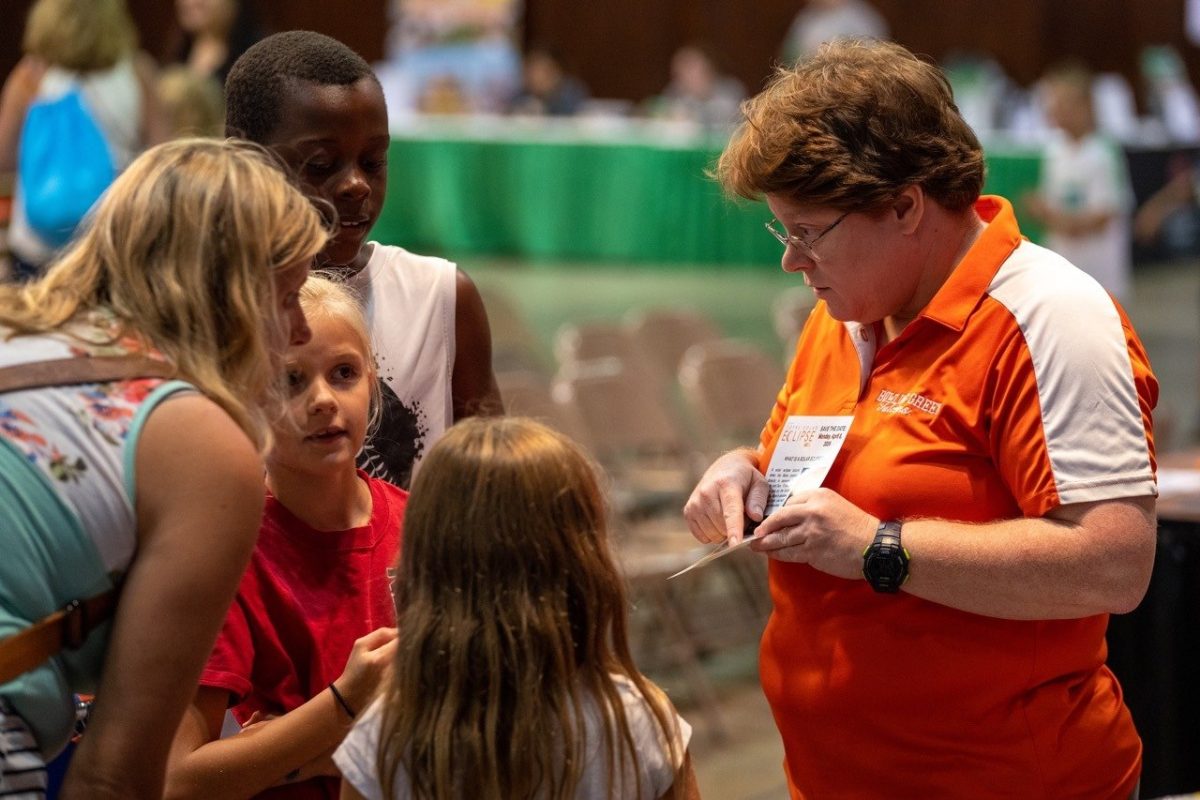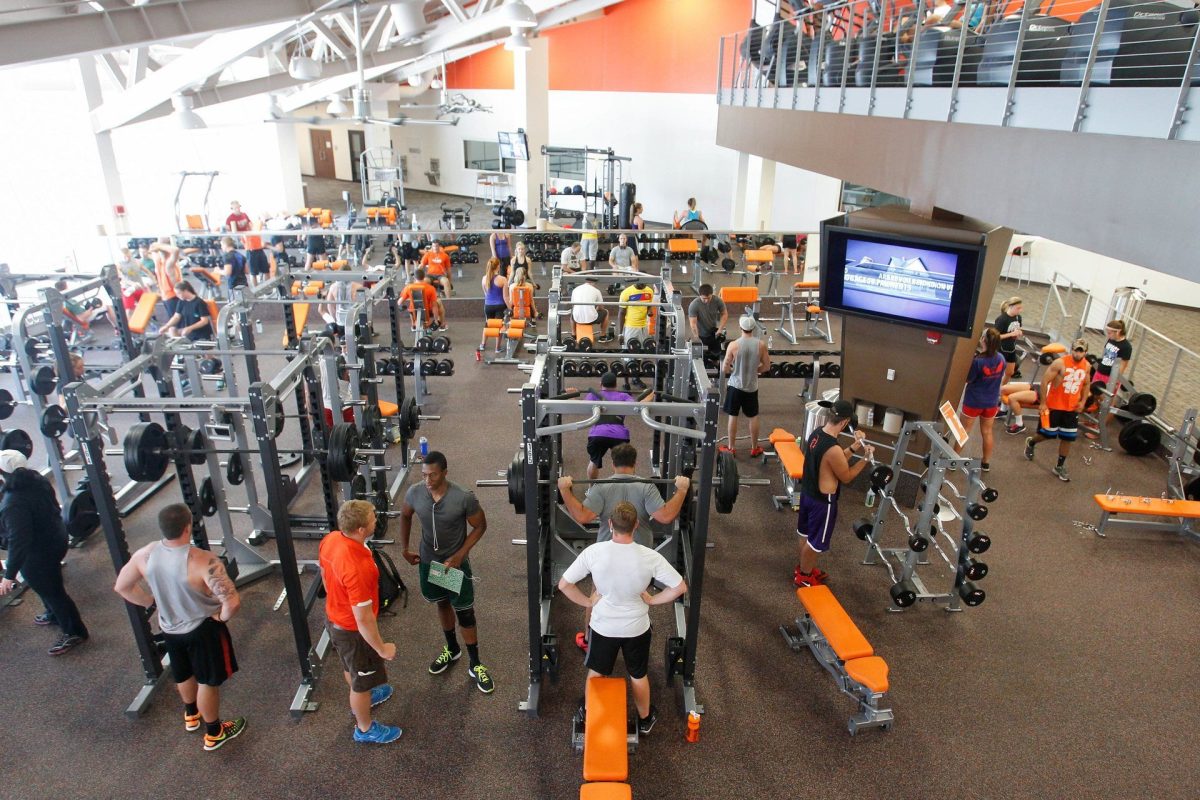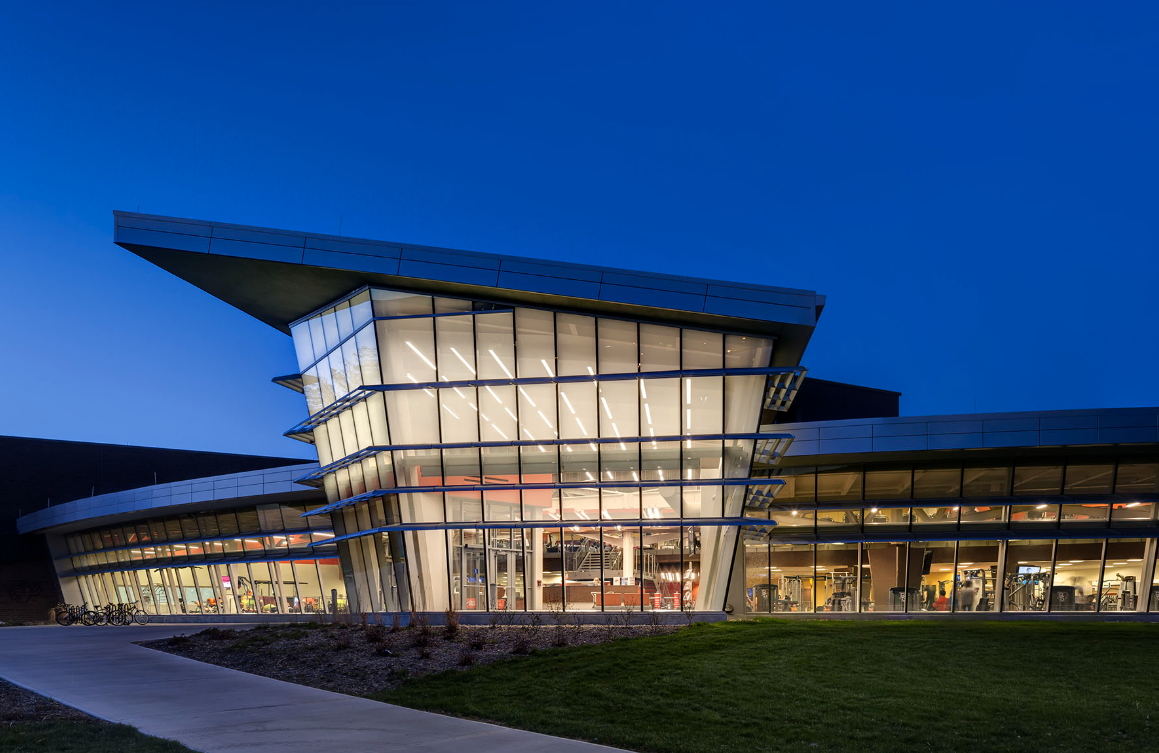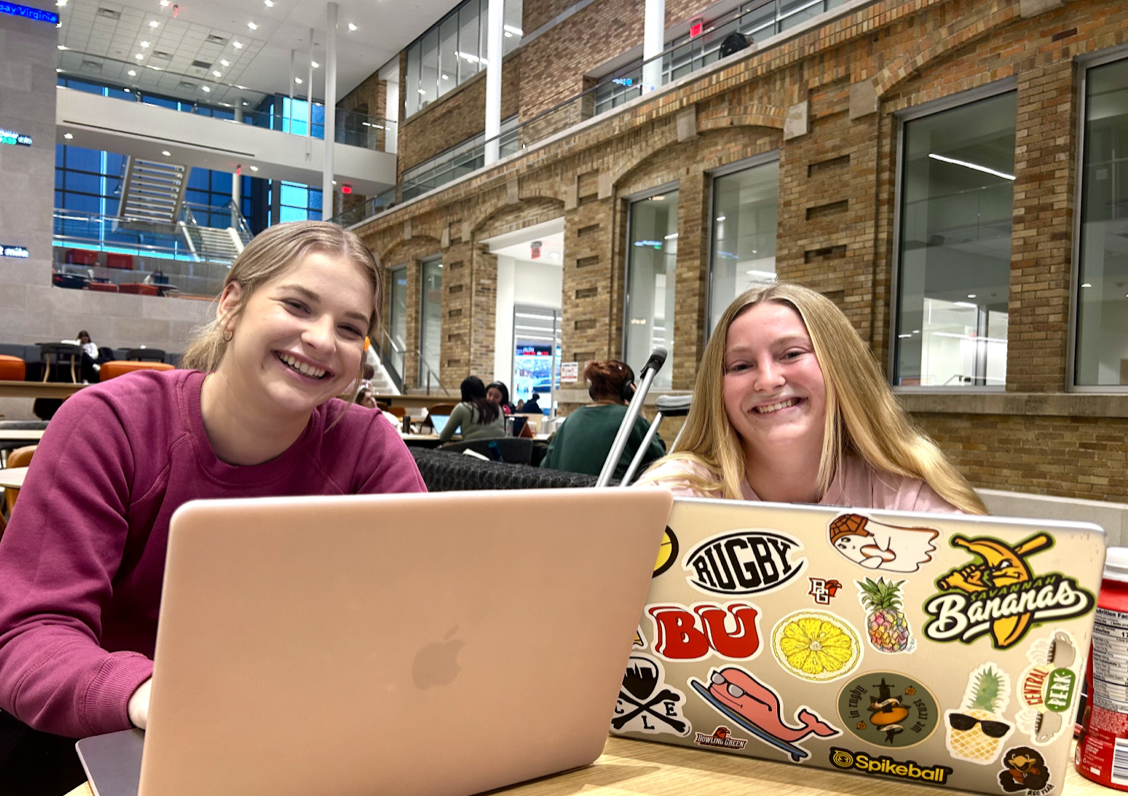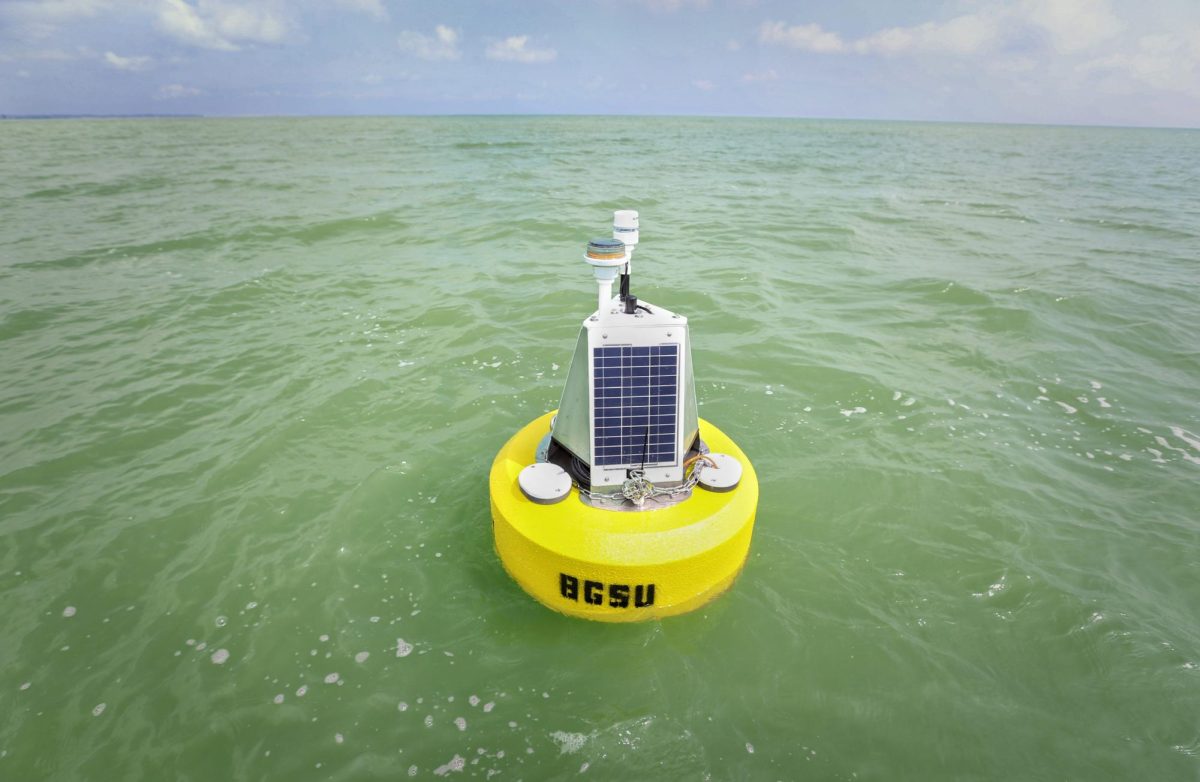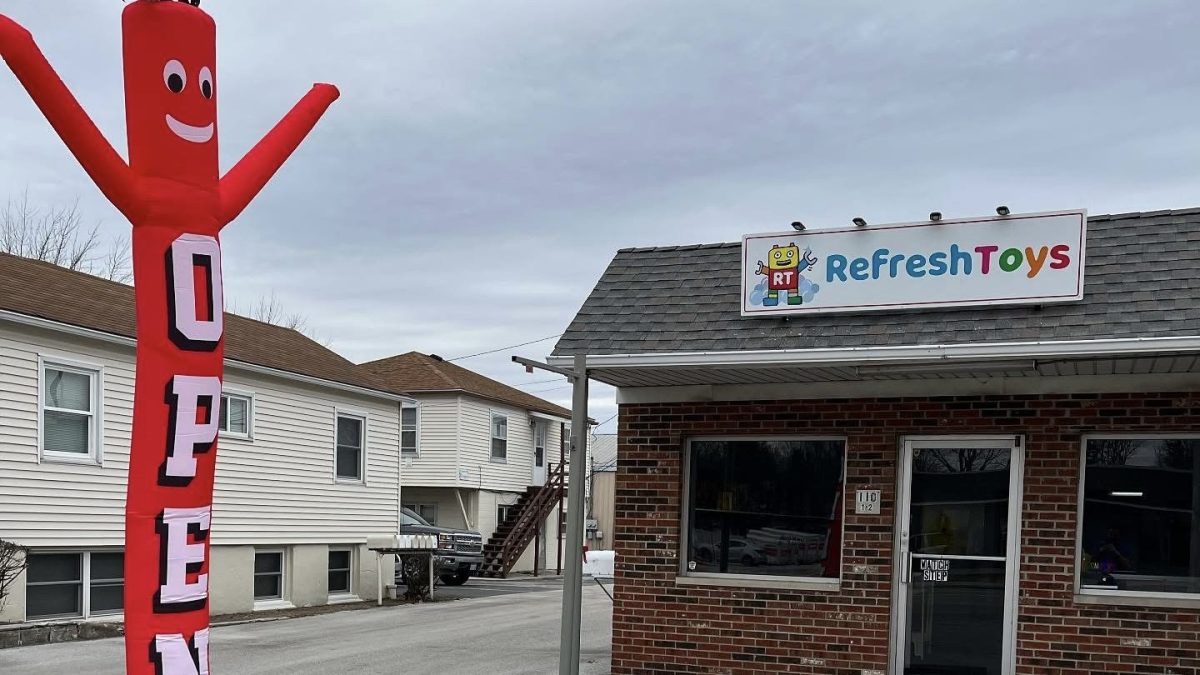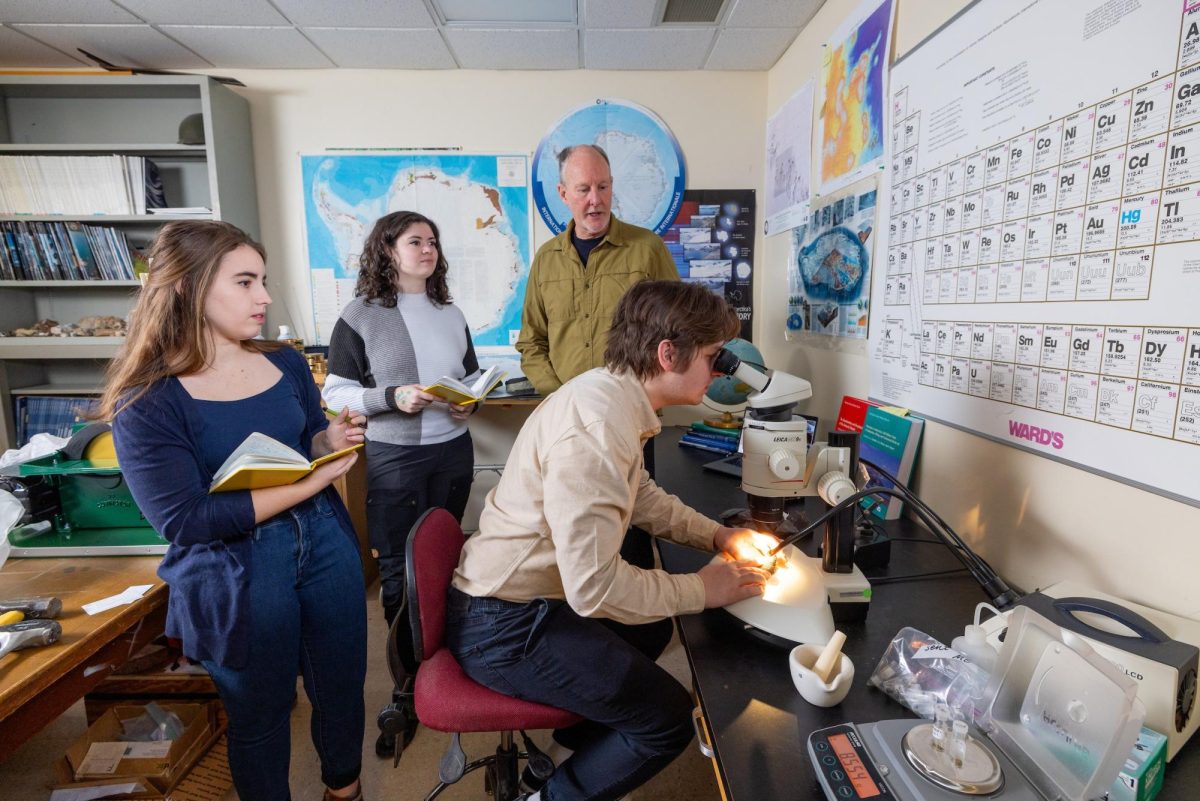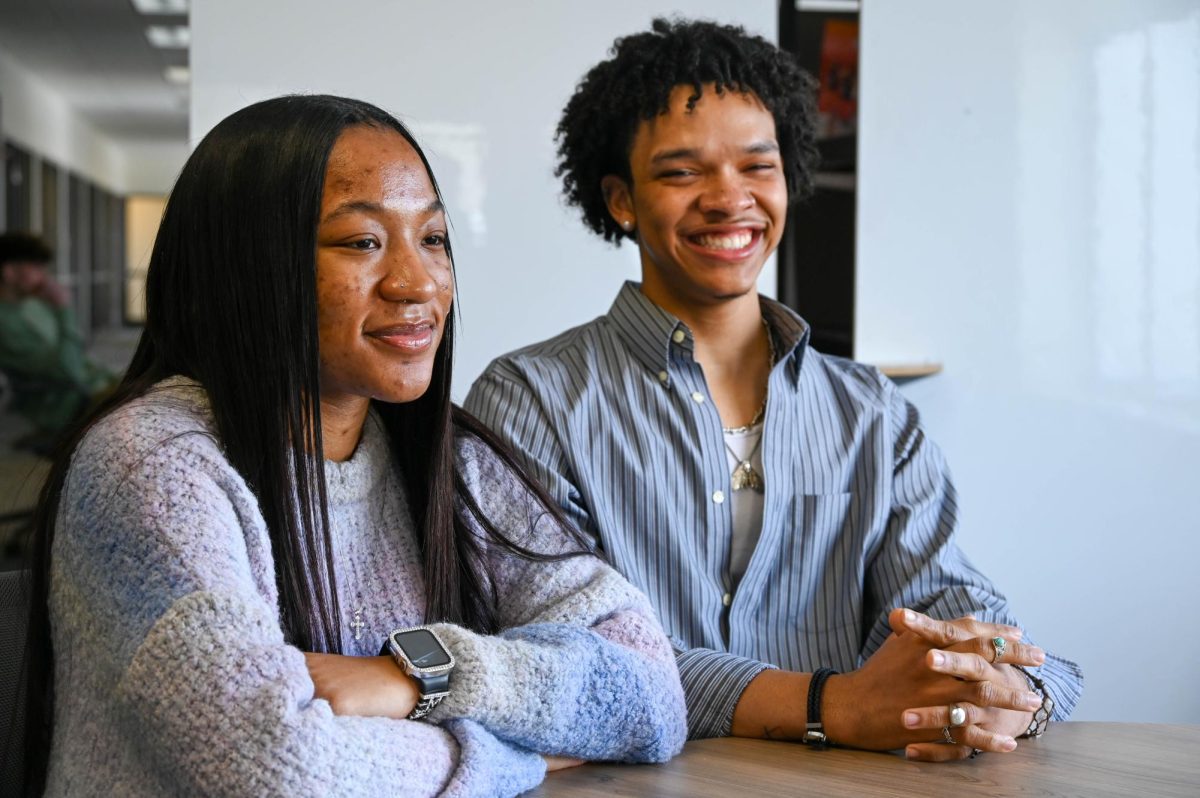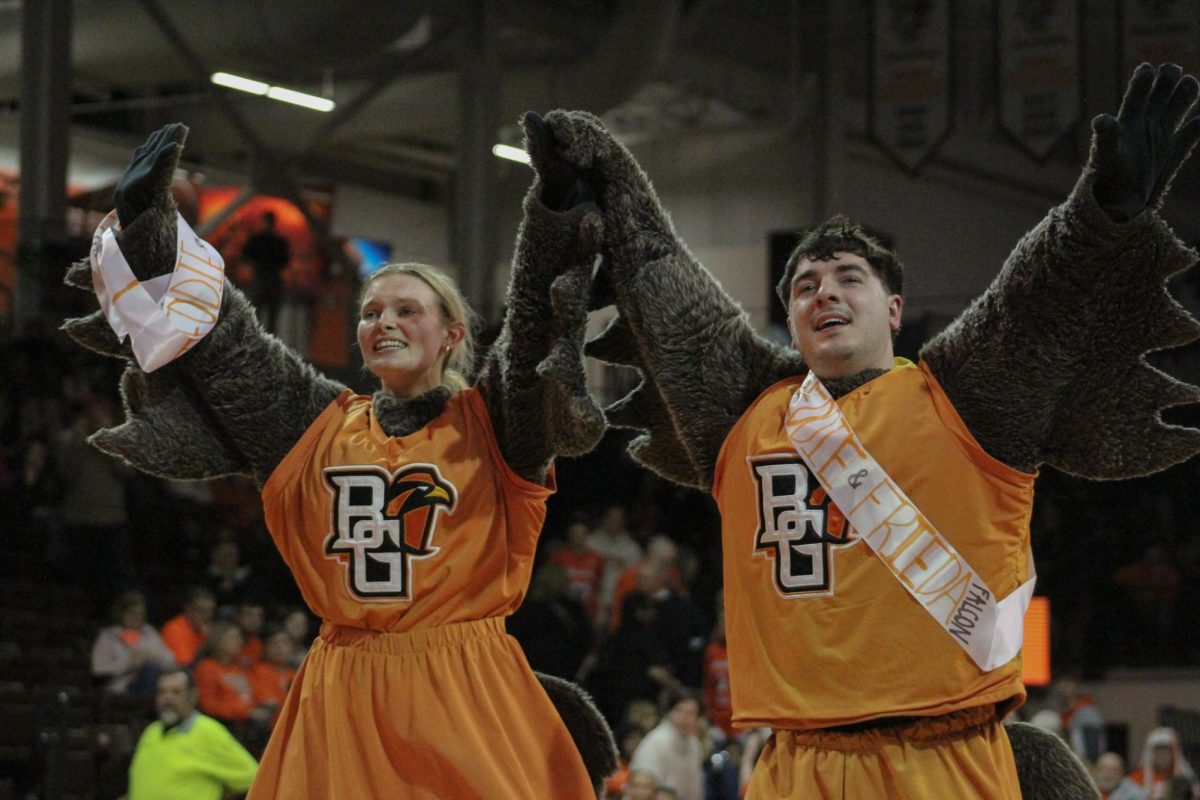The University is looking forward to implementing new technology in the classroom setting once the physical construction in the buildings is done.
At Monday’s Undergraduate Student Government meeting, Chief Information Office John Ellinger spoke about the upcoming changes to the wireless coverage on campus.
Ellinger said that every year presents more challenges for Information Technology Services because of the new technology that the first year students bring.
“In the past year, there were 5,000 new devices added to our network all in the same day,” he said.
Since Ellinger estimates that there are 5.5 devices for every student — most being wireless — and the campus wireless is “100 percent coverage but not 100 percent density.”
Wireless coverage is how far the network will reach around campus, and density is how effectively each wireless device will run on the network with all the devices surrounding it.
Ellinger said that the University is one of three institutions in Ohio that allows unlimited bandwidth, or wireless data, in every residence hall, which pull around 2.2 gigabytes a night.
To increase the density of the wireless on campus, specifically in the residence hall suites, ITS will be placing more “access points,” or wireless carriers.
“We want you to be able to do what you need to do when you want to do it,” Ellinger said.
The senate and Ellinger also discussed the new technology in classrooms of the buildings being renovated and re-built.
Ellinger said that there will be active learning tools available in classrooms such as smart board and new projectors, along with updates to the University’s servers that power the library computers.
“It’s always important that students are getting the highest quality experience that they can,” USG President Victor Senn said. “[We] rely so much on [these] technologies now.”
Vice President Danielle Parker said that it makes the University a more comfortable and motivating place to live and learn.
“I think when [students] come onto campus with new spaces and new builidings and high end technology, it makes you excited to be apart of the community,” she said. “I think that showing that the University is investing in the future, which is technology, shows what BGSU is all about.”
Yannick Kluch, a graduate student from the Department of Media and Communication, presented to the senate his organization We Are One Team for lobby time.
We Are One Team is an inclusive, service based organization that hopes to fight stereotypes by using sports.
Kluch said that they have been organizing many international students to get involved with student athletes because it helps two isolating communities of people come together to learn more about culture.
Garret Mayleben, the representative from the Student Athlete Advisory Committee, said that it’s important for athletes to get involved with WAOT because of the strong sense of community it can bring.
“Being a member of We Are One Team says that you are inclusive … that what matters is the character of the people that you’re involved with,” he said.


